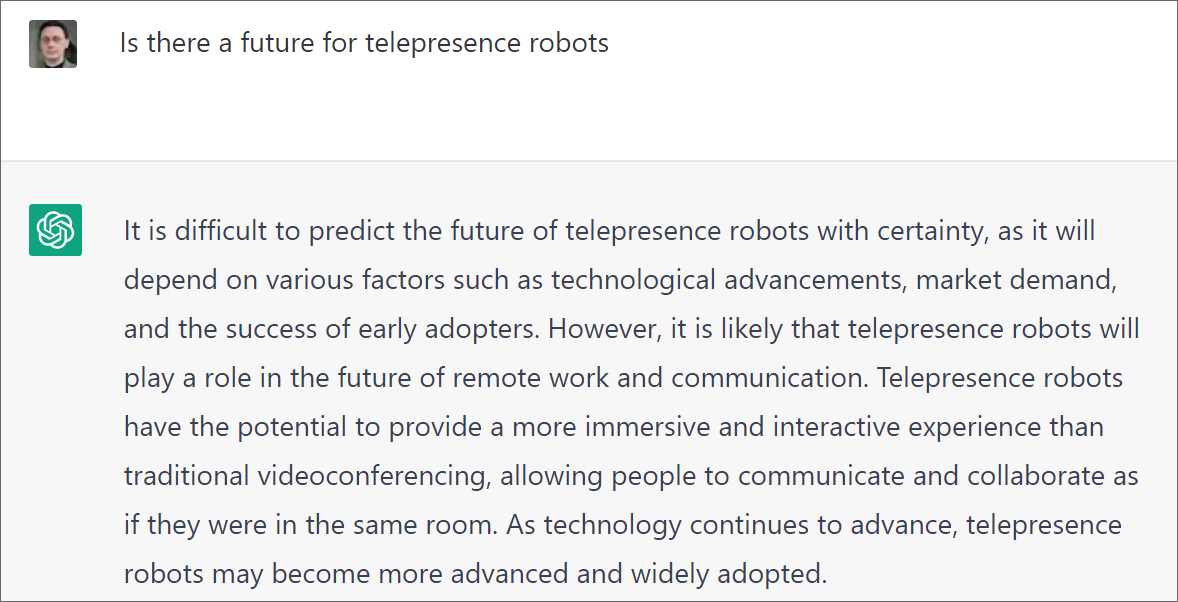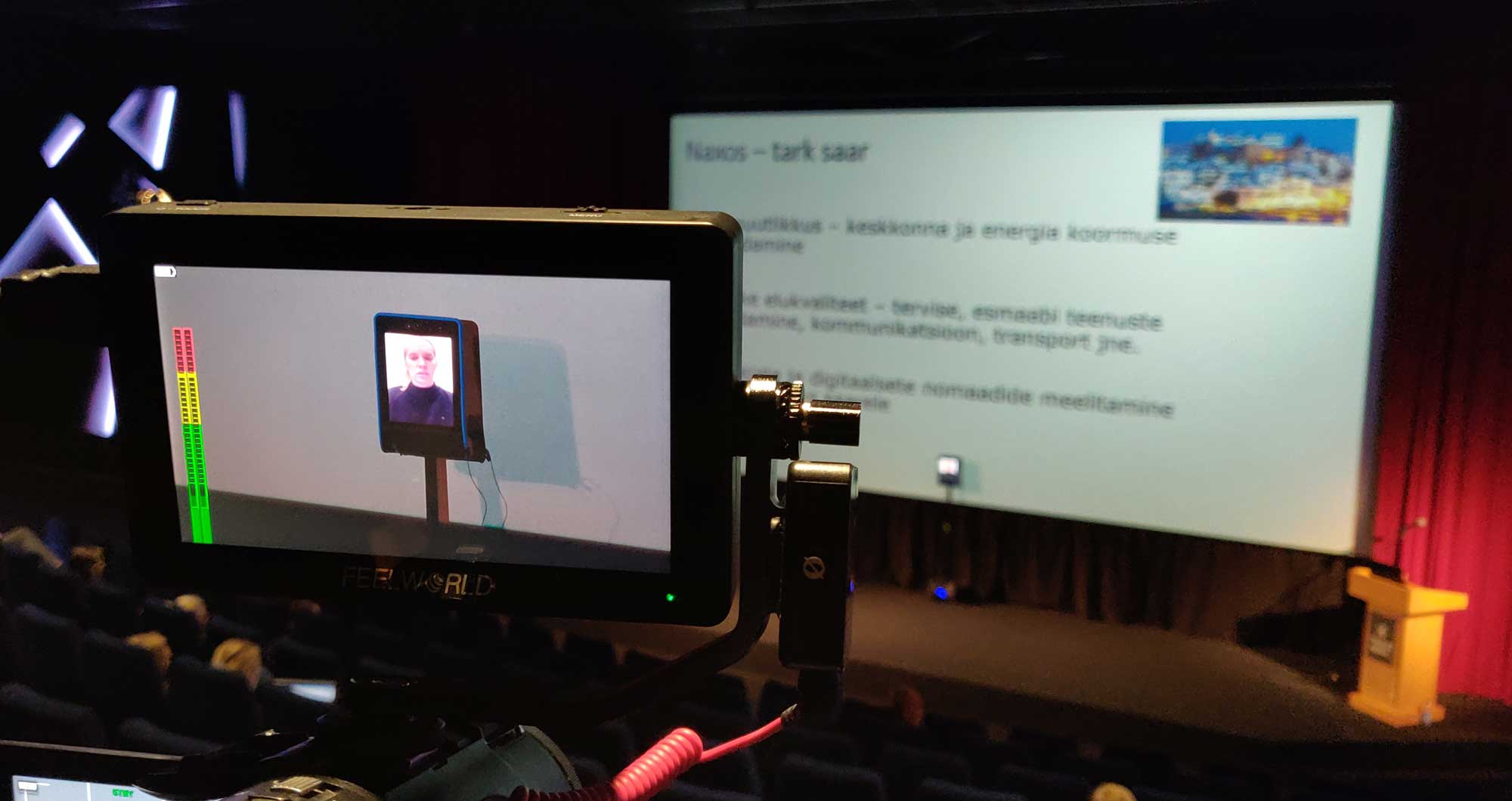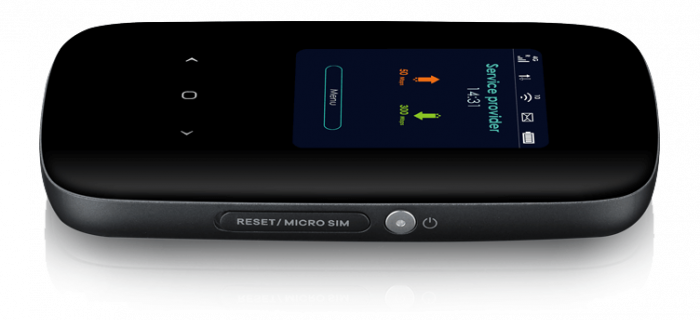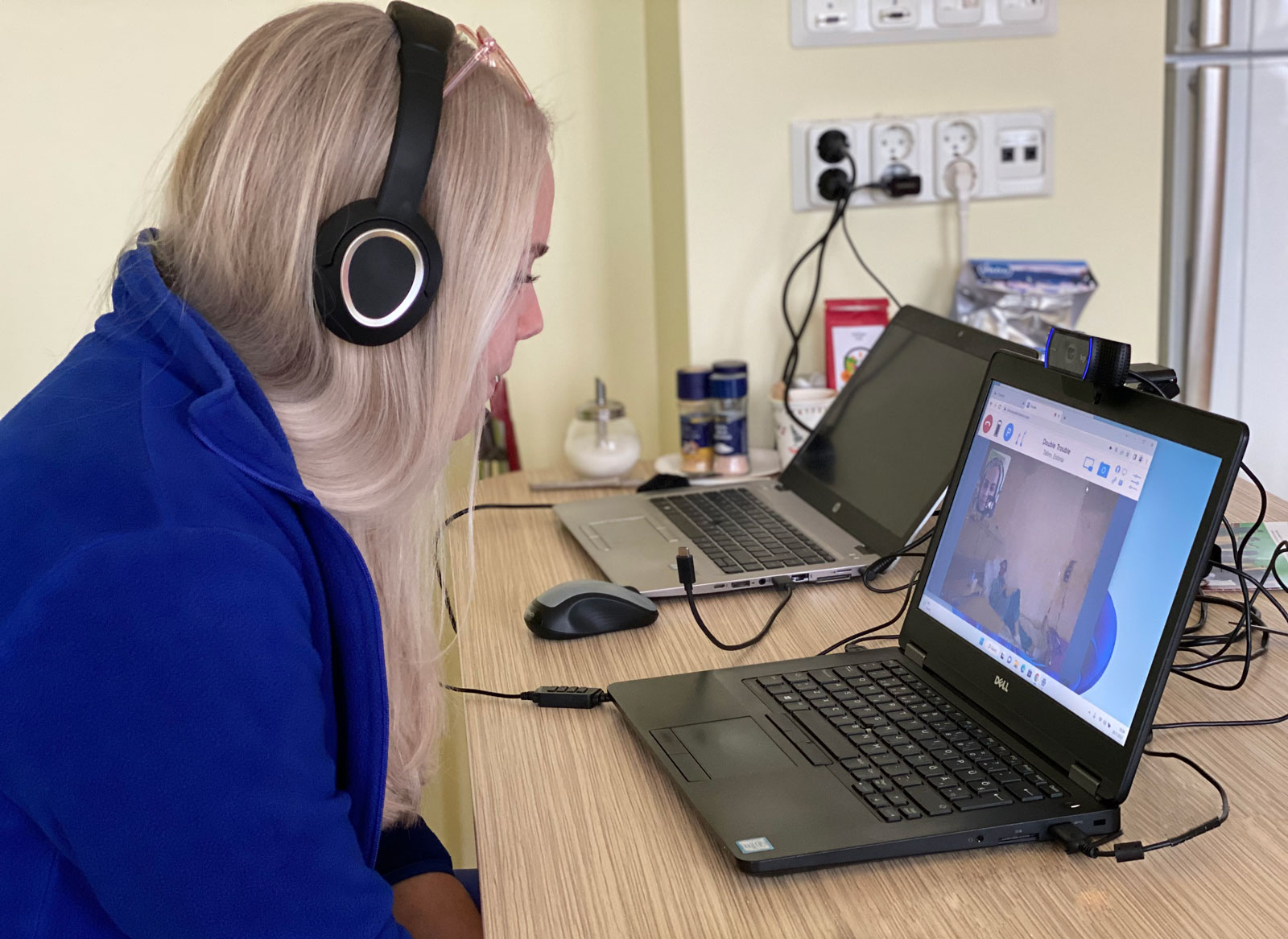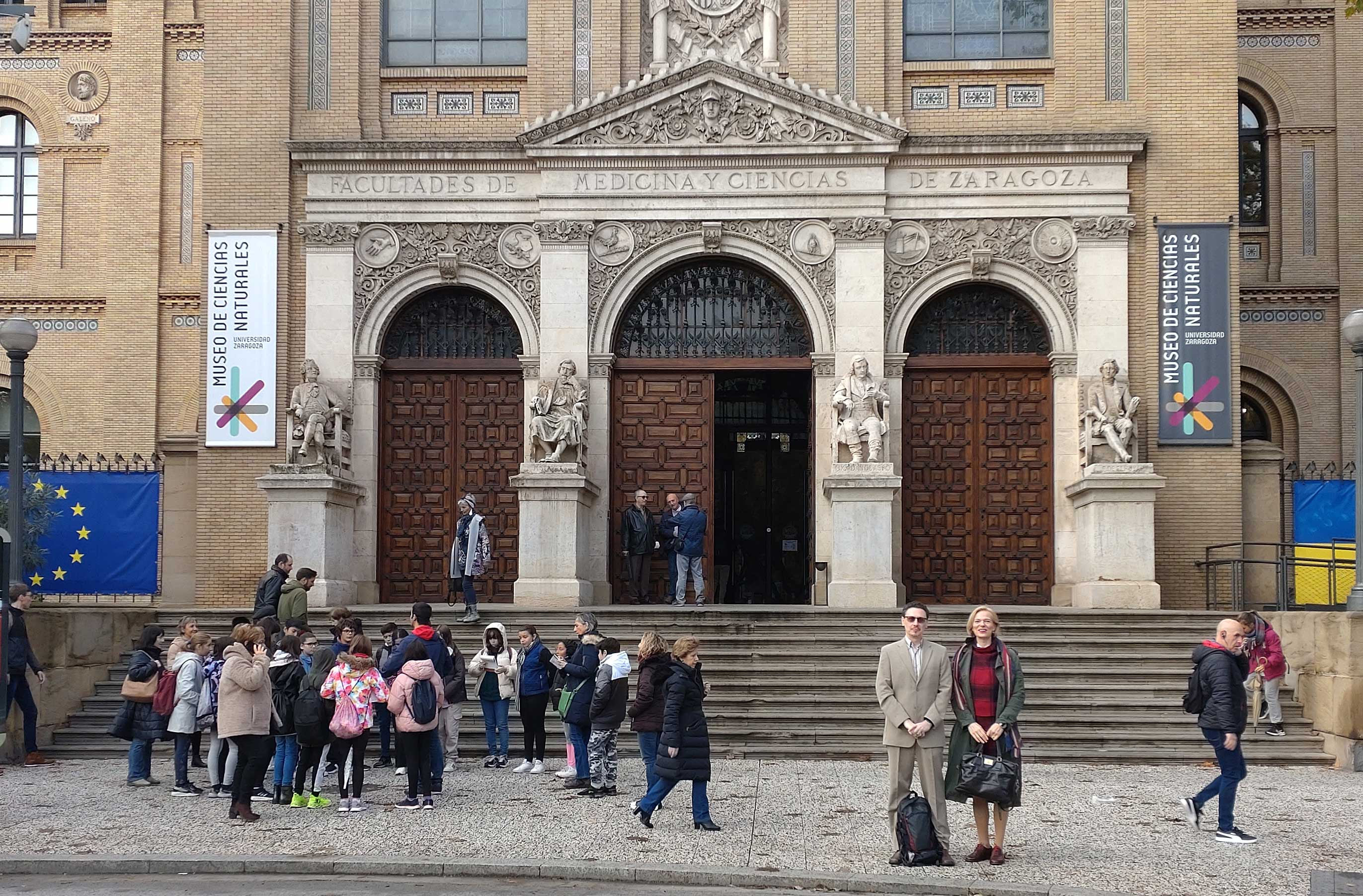Meeting at TalTech Techology Transfer Center
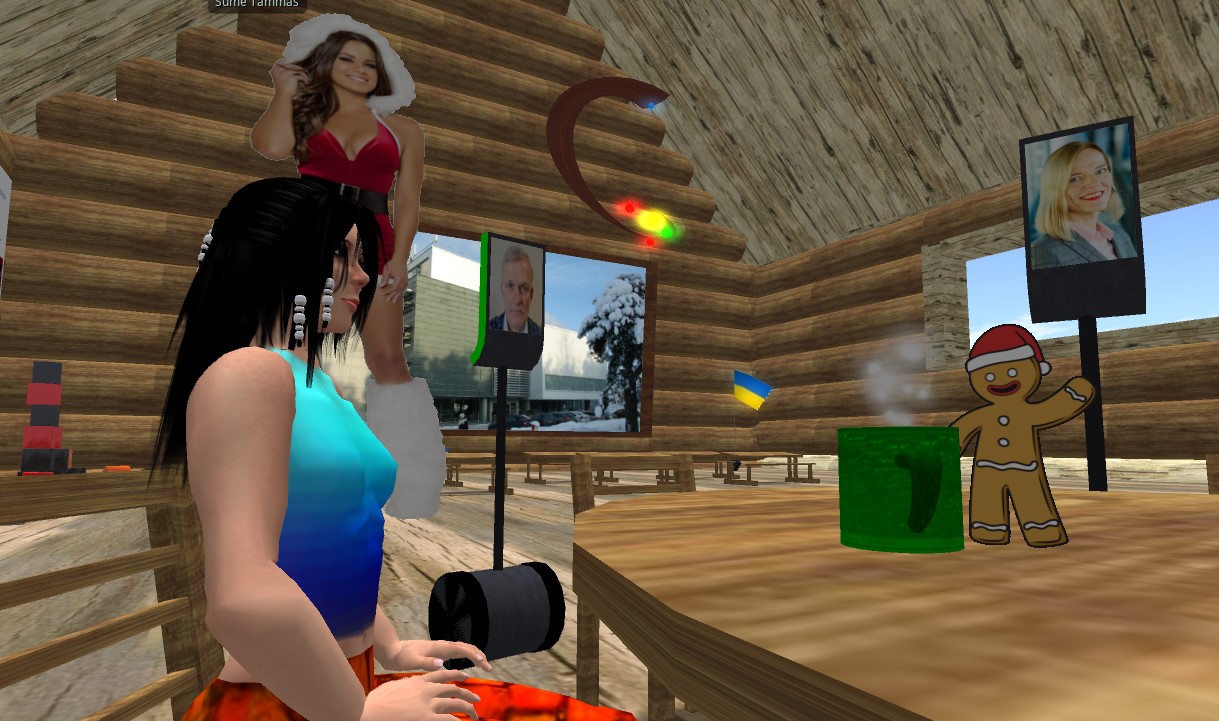
On December 13, 2022, Janika Leoste, Katrin Kangur, and Kristel Marmor visited the technology transfer center of Taltech to present a start grant on the topic of telepresence robots in hospital work.
The proposal highlighted the benefits of using a telepresence robot in comparison to communication through other screens, and presented the flexible solutions that using a telepresence robot in a hospital can offer to doctors and nurses. We explained how the robot could facilitate information exchange between patients, hospital staff, and the patient’s relatives or acquaintances. The start grant would provide us with the opportunity to test the robots in both hospitals and simulation labs.
Our cooperation partners in this project are East Tallinn Central Hospital (Ida-Tallinna keskhaigla) and Tallinn Health College (Tallinna Tervishoiu Kõrgkool), who have also provided specific ideas and requests for the use of telepresence robots
